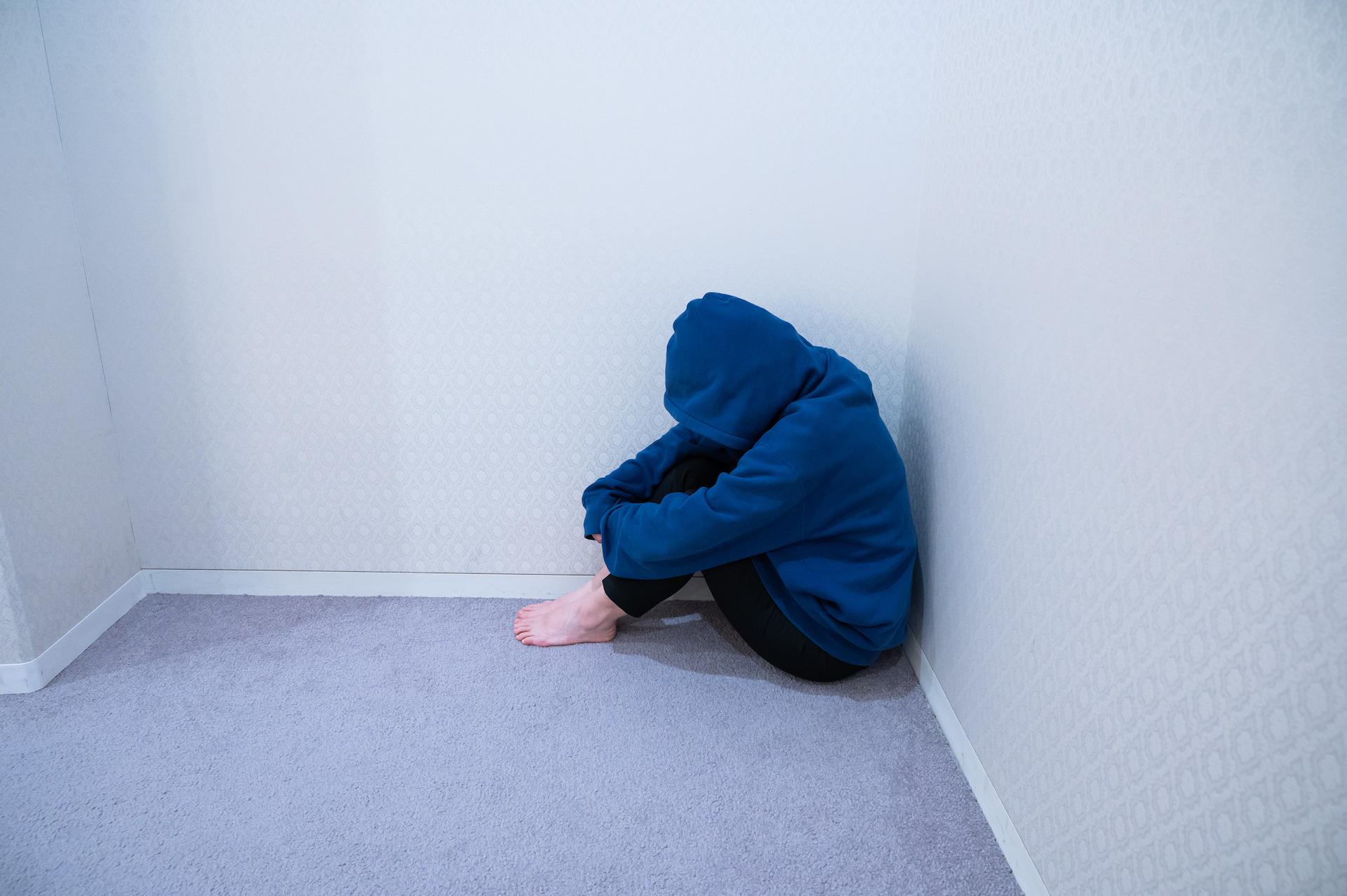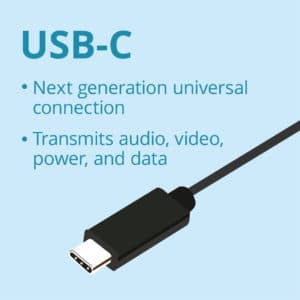Truth For Teachers – 3 coaching models to guide difficult conversations
[ad_1]
I have a really cool job.
I am an academic mentor to ninth graders. When someone starts to fail multiple classes, I find them and have a conversation that usually begins with me introducing myself and asking, “So, how’s it going?”
Some students let it pour out: “I can’t keep up in my classes — and I also have to take care of my dogs after school!”
Others have more serious pressures, like providing childcare or managing anxiety. These students are typically less forthcoming — and nobody owes me anything. It truly is none of my business, but when they take a chance to be vulnerable, I have the opportunity to see and support them at school.
Maybe you are overdue for some conversations around the tough stuff like mental health, academics, attendance, or behavior. Or maybe you have tried everything and nothing seems to be helping.
In this article, I’ll share how I adapted my training as an instructional coach and dialectical behavior teacher to start and sustain these conversations. If you aren’t familiar with instructional coaching, check out this podcast episode on developing a coaching mindset.
My school offers term-long dialectical behavior therapy classes and advisory groups as part of our tiered interventions for mental health. The classes are all co-taught with a social worker and a teacher. I co-lead an advisory group for students who do not have the availability to take the class, are unsure if the class is for them, or have already taken the class and want ongoing support.

Start by identifying the gaps that are creating resistance; then choose a coaching model
Instructional coach and consultant Elena Aguilar writes about her Mind the Gap strategy in her book Onward: Cultivating Emotional Resilience in Educators. Aguilar outlines six gaps that create resistance in people — limitations that keep them from their desired results. These 6 gaps are:
- emotional intelligence
- cultural competence
- will
- capacity
- skill
- knowledge

In my opening conversations, I am curious to see what gap students are willing to say is creating their results. Often, the first thing they state is perhaps the safest plausible answer, which may be accurate, but they also may not know or may be unwilling to ascribe their results to less “safe” topics.
Students will often blame capacity (I don’t have…) or will (I don’t feel like…). Skill and knowledge gaps can feel more threatening. Often, they are unable to articulate how cultural barriers or emotional regulation are impacting their success. I honor this process and validate a student’s reasoning by taking it seriously. This is how I build trust. We can open up other possibilities as we continue to work together.
Here is how the conversation sounds:
I’m noticing (objective result — like late to class 18 times or failing 3 classes). What do you think is causing that to happen?
As the students talk, I am seeking to validate what they say. Dialectical Behavior Therapy (DBT) offers 6 levels of validation:
- Active, present listening.
- Paraphrasing.
- Naming the emotions you heard.
- Contextualizing (if you know the student). “That totally makes sense since…”
- Normalizing. If their struggle is a common one, you can say how normal it is (e.g. “Lots of people…”). I’ve used this one during the pandemic a lot since there are some fairly common themes that people are experiencing. I try not to compare their experience to mine, as that takes the focus off of them (…and also, who says I’m normal?). I also try not to say this in a minimizing or dismissive way (e.g. “No one wants to get up in the morning, but everyone else does.”).
- Radical genuineness. In this approach, you let your honest emotional response come through (e.g. “Oh wow, that does sound awful.”). You don’t heap it on, but your honest, authentic response can help students who may feel that way but haven’t found a “socially acceptable” way to express their emotions.

I don’t use all six at once. I always use the first one and then select others based on what the student says and how well we know each other.
If they say they have no idea what is causing their results, I suggest a list of answers that relate to Mind The Gap but also normalize their experience:
Some things that students commonly say are
- Mental health
- Teacher relationship
- Friend pressure
- Access to resources
- Confused in the class
- Trouble focusing/staying organized/being on time
- Not motivated
This list can be adapted, depending on a student’s age or language abilities, as well as what particular topic you are discussing.
Model #1: DBT for emotional intelligence and cultural competence gaps
If students ascribe their results to mental health, teacher relationship, friend pressure, or systemic bias, they may be dealing with an emotional intelligence or a cultural competence gap. You can use Dialectical Behavior Therapy (DBT) to offer support.
Depending on the resources available at your school, you may have enough information to refer them to particular mental health or restorative circle services. These issues may be far beyond your capacity as an educator, and you should ask for help when there are significant mental illnesses or traumas involved. Additional ideas for class-wide support are available in Dr. Byron McClure’s podcast with Angela, where he discusses how to make social-emotional learning real for students.
The one coaching map you could possibly try is popular in cognitive and dialectical behavior therapies, where people look to separate their facts of a situation from their fiction.
This model is best used when students’ results seem to be based on unchangeable circumstances but are really based on their thoughts.
My version looks like this, with sample student answers from a recent conversation:
- “What happened or is happening?” Stick to the facts.
- “I’m not going to math class.”
- “What do you keep thinking about what happened?”
- “I’m not good at it, and it’s boring.”
- “How do those thoughts make you feel?”
- “Bad!” (students may or may not offer you more emotion words, and you can offer some language to help clarify/validate).
- “When you think and feel those things, what actions do you take?”
- “…I skip math class.”
- “What are the results of those actions?”
- “I’m failing math — and now I’m in trouble for skipping.”
Once I’ve asked all the questions, I can help the student rewrite the story:
- “How would you rather feel in math class?”
- “Excited and confident.”
- “What would you need to think to feel that way?”
- “That math is interesting, and I am a good student.”
- “What actions would you take if you really thought that way?”
- “I will go to math and ask questions.”
- “What results will you create if you take those actions?”
- “I’ll be doing better in math. Maybe I will like it more.”
Are the kids alright? A deep dive into the pandemic’s toll on students
Model #2: Planning conversations for skill, knowledge, and capacity gaps
If the student has a more straightforward/solvable problem, try a Cognitive Coaching℠ planning conversation.
Instead of telling students how to solve their problems, this map helps students begin to reflect on and trust their own resourcefulness. Adolescents in particular appreciate maintaining their locus of control while having your mentorship to support them.
There are five basic steps to the planning map.
- Establish the goal.
- Decide on the success indicators.
- Brainstorm a variety of ways to achieve success.
- Set a personal focus to move forward.
- Reflect on the conversation.
Here is an example of a conversation I had with a student. I use validation throughout this map.
- “What are you hoping to see happen with your phone use in class?”
- “I am hoping I will not get as distracted by it.”
- “How will you know you have been successful with your phone?”
- “I won’t lose track of time checking it.”
- “What else?” (I usually ask a lot of what-elses in this map to dig deeper).
- “I won’t quit on an assignment.”
- “What else?”
- “I’ll feel like I know what’s going on.”
- “What are some things you have done before that might help you be successful?”
- “I put the phone in my backpack.”
- “What else?”
- “I ask a question if I’m confused instead of checking out..”
- “What else?”
- “I make sure my phone is on silent.”
- “What else?”
- “I’ll use my screen time app to check how I’m doing.”
- “What do you want to be sure you do really well?”
- “I want to start with putting it in my backpack on silent. If I can get into that habit, I think it’ll help a lot.”
- “How has your thinking changed after this conversation?”
- “I didn’t realize how much it was affecting me. It seems so normal to check it all the time.”
Model #3: Conversing with a willful student
Some students will own that they are not motivated to change their results. Others will dodge you with fake answers (for a variety of reasons). You can use this willing/willful map that comes out of DBT.
A willful person is not open to change. It is important to keep in mind that willfulness is the result of internal and external barriers. It is not just being “stubborn” or “difficult.” We all have things that we are willing to do and willful about. It doesn’t make us bad people. It’s part of the human experience.
Here is the map:
- Clarifying the facts. Use paraphrasing to make sure you are clear on the situation.
- Defining and self-defining willing and willful. Introduce the terms but let the student name what fits them right now. Again, obvious, but coaching is about holding space for someone else to do their work, not to do it for them.
- Connecting actions to feelings and thoughts. This is a return to the earlier model on emotional intelligence.
- Connecting actions to results. This is also a return to the earlier model.
- Imagining the alternative. This is helping the students imagine what would be good about getting unstuck from willfulness.
- Find the willing. A dialectic is about holding two “truths” in tension. A lot of students get stuck in binaries. By making room for “This is not my favorite class and also I will do what I need to do to succeed,” students are able to both validate their perceived reality and also move forward in a way that feels acceptable to them.

I used this map recently with a student who had totally shut down. They wouldn’t do anything (besides scroll TikTok). The conversation looked like this:
- “I’m noticing that your head is down. Usually you come right in and get to work. It seems like there has been a change.”
- “Yeah.”
- “Willingness is when you recognize the facts and figure out what you are willing to do about a problem to meet your goals. Willfulness is when you resist or avoid tolerating the facts with solutions that don’t help you meet your goals. Which best describes you right now?”
- “Willfulness.” (mumbled, head down)
- “What are you feeling and/or thinking that makes you resist or avoid tolerating the situation right now?”
- (long pause)
- “No point. I’m going to transfer from this school anyway.”
- “What is going to happen if you keep doing what you are currently doing?”
- “I’m going to fail English.”
- “If you were willing to accept or tolerate English, what would your feelings and thoughts be?”
- “That I could do it. That I’m good at it.”
- “Would you be willing to do this assignment?” (I show her a short paragraph assignment on her computer and review the directions)
- “Yeah, that’s not much.”
The student completed the assignment and turned it in within twenty minutes. That particular day, the student built some evidence that they could show up and also hold space for how they were feeling.
How to humanize your classroom so kids are known, valued, respected, & safe
Shift your approach from “fixing” the problem to coaching students
Coaching maps help us meet the needs of others, especially when we don’t know what to say or our emotions are getting the best of us. All people want to be seen and heard, and coaching maps can help us do that. The great joy of coaching maps is if you use them consistently, students will be able to use them on themselves to get unstuck.
Of course, a coaching map isn’t a one-time thing. I’ve been practicing self-coaching for years, and I still have to coach myself through saying no to sugar, putting down my phone, going to bed on time, getting up to work out, and on and on. Our students are no different. Coaching maps bring humanity and hope into our classrooms.
[ad_2]
Source link




